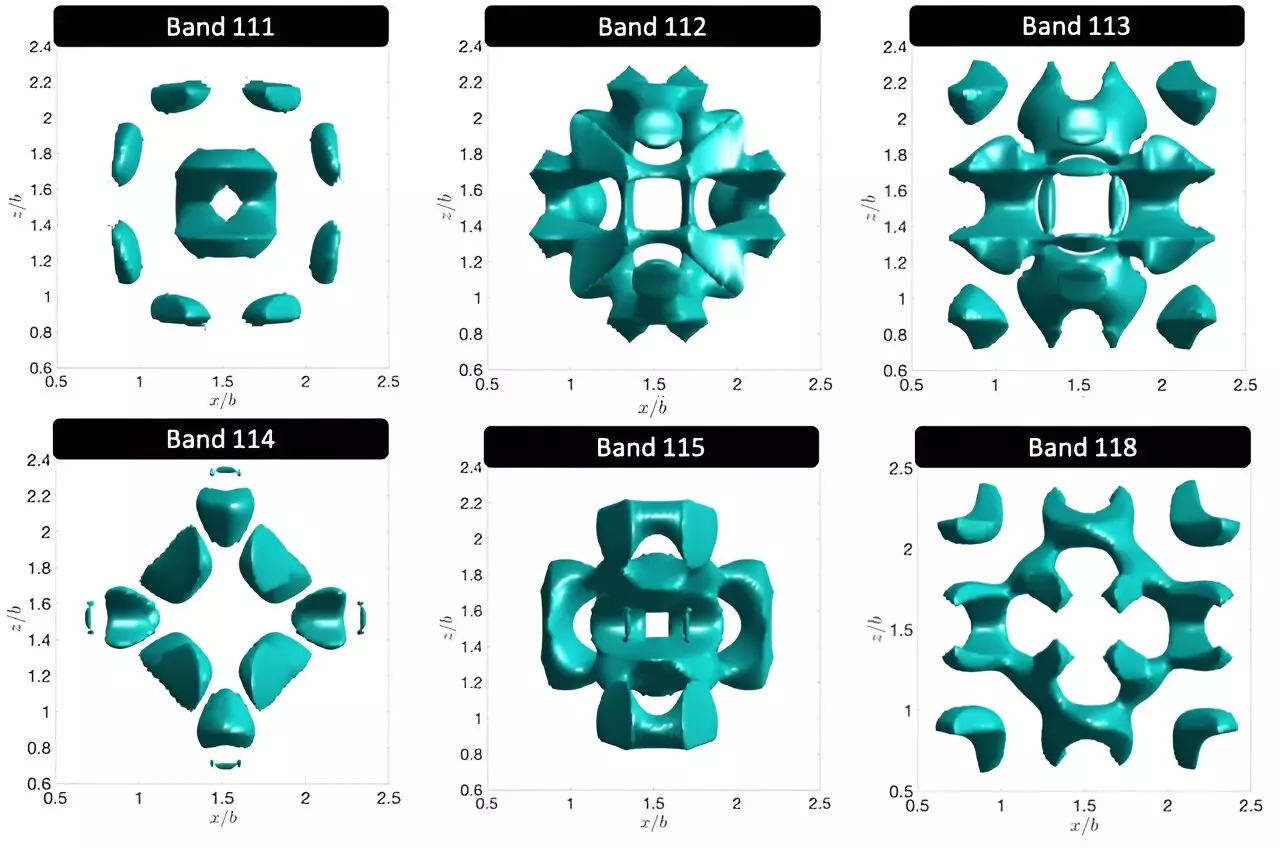The researchers at the University of Twente in the Netherlands have delved deep into the realm of photons, shedding light on their behavior and potential applications. Unlike electrons that orbit atoms in defined shapes, photons exhibit a broader range of behaviors and are much easier to manipulate. The discoveries made by these researchers have far-reaching implications, from revolutionizing LED lighting to developing quantum circuits for information processing and ultra-sensitive nanosensors.
In the world of quantum mechanics, electrons are known to occupy orbitals around the nucleus of an atom, defining the probability of their presence in a specific space. Similarly, photons can also be described in terms of orbitals, with researchers discovering that through precise manipulation of materials, they can create and control photonic orbitals of various shapes and symmetries. This breakthrough opens up new possibilities in advanced optical technologies and the realm of quantum computing.
Traditionally, electrons were thought to orbit around the atomic core in a near-perfect spherical shape. However, photons defy these constraints, allowing for the creation of orbitals with unconventional and intricate designs by combining different optical materials in specific spatial arrangements. This flexibility provides researchers with a wide array of possibilities for customized photonic structures.
By conducting a computational study on 3D nanostructures containing tiny pores known as photonic crystals, researchers were able to gain valuable insights into how photons behave when confined in such structures. These nanostructures with intentional defects help isolate photonic states and enable the study of novel photonic orbitals. This approach, facilitated by nanotechnology, offers a more accessible means of designing unique photonic structures compared to traditional methods involving atomic modifications.
The implications of understanding photonic orbitals extend to various fields, including efficient lighting systems, quantum computing, and highly sensitive photonic sensors. By studying how nanostructures enhance the local density of optical states, researchers have identified opportunities for leveraging these properties in cavity quantum electrodynamics. Structures with smaller defects have been found to exhibit greater enhancements, making them ideal for applications involving quantum dots and the creation of single photon networks.
The research conducted by the University of Twente highlights the intricate world of photonic orbitals and their potential for transforming the landscape of optical technologies and quantum computing. By unlocking the secrets of photons and their behavior in nanostructures, researchers are paving the way for innovative advancements in various scientific disciplines.


Leave a Reply